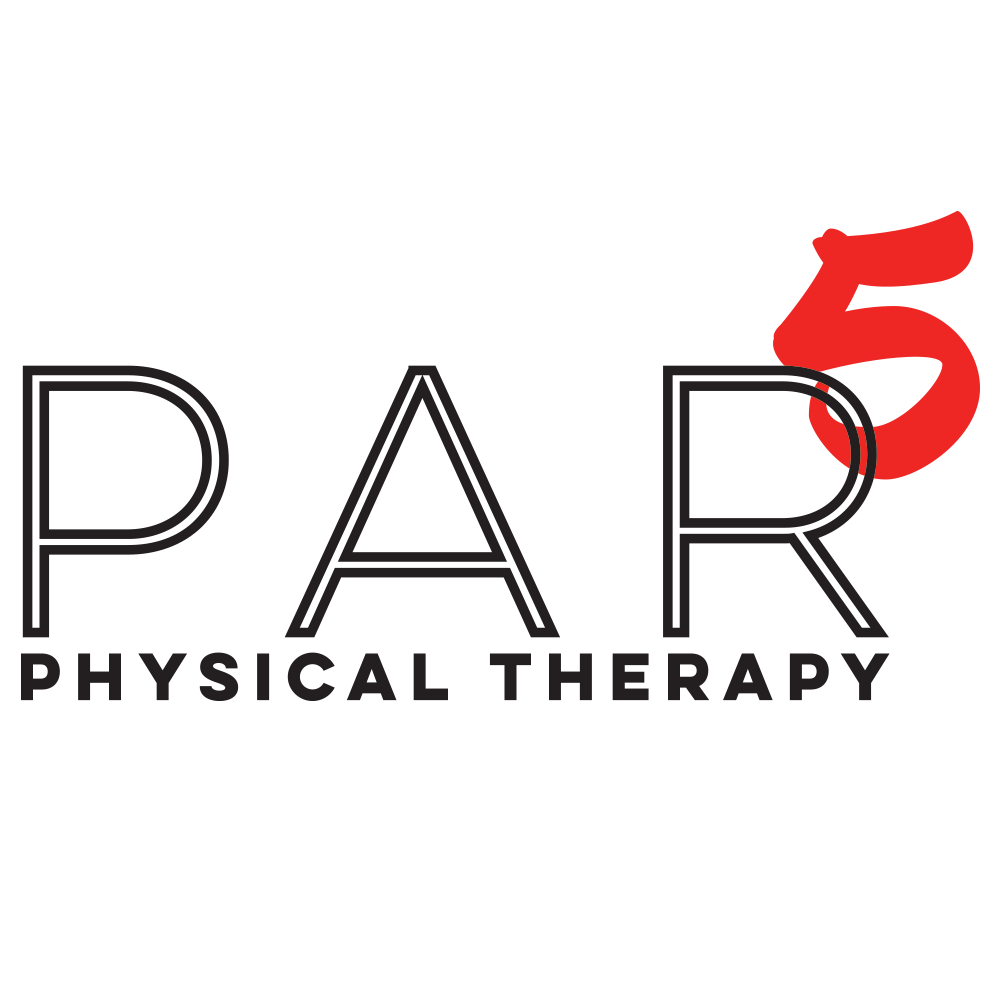What’s the cause of my knee pain?
I get this question a lot, “my knee hurts, what’s causing it?”
When someone comes in to see me, I do a physical exam and sometimes they get surprised when I tell them that the knee pain isn’t caused by the knee.
My take is that the knee is a relatively simple joint, it’s designed to bend and straighten, one plane of motion. But the joints that are connected to it are a bit more complex. The hip moves in three planes of motion, it can move forward, move backward, move sideways, and it can rotate. The ankle can also generally do the same things.
So when a simple joint starts to hurt, I always look above and below the source of pain for the cause. The source sometimes doesn’t necessarily equal the cause.
Oftentimes knee pain starts up when the knee is asked to move out of its normal plane of motion. Think of a hinge of a door, it works great at opening and closing, but doesn’t work great when the hinges are loose. That simple motion of bending and straightening gets off track.
When taking the joint by joint approach, the ankle and foot are the first thing I’ll look at. I look at the structure of the foot, its position in weight bearing and in non-weight bearing and how the ankle moves when walking and squatting. I evaluate how the ankle influences the knee. Too much pronation or a stiff ankle can cause some altered motions in the knee.
Then I can look at the hip. I assess its position, range of motion and its strength. I see if there’s any restrictions in its motion and then see if it’s strong enough to support the weight of the body in standing just by asking the person to stand on one leg.
So the rule is that the ankle should be a mobile joint, the knee should be a stable joint, and the hip should be another mobile joint. If that pattern is disrupted, then we run into problems and the knee is usually the first one complaining.
If I see someone with knee pain that’s caused by some intrinsic issue such as a ligament or meniscus issue or after a knee surgery, I still do a complete physical exam. No matter what is happening inside the knee joint, I always look at a person as a whole. The body moves in a asynchronous synchronicity. Joints move by forces generated by muscles or by the ground or our position. Just because someone has a meniscus tear in their knee doesn’t mean that I only focus on the knee.
So if you have a knee problem and the therapist only treats your knee, you’re missing out on your true potential for improvement. At Par 5, I look at everything. Come in for a free screening and I’ll show you…

